DC Pro Tips: Planning a Home Addition
Thinking about a home addition? Read this first
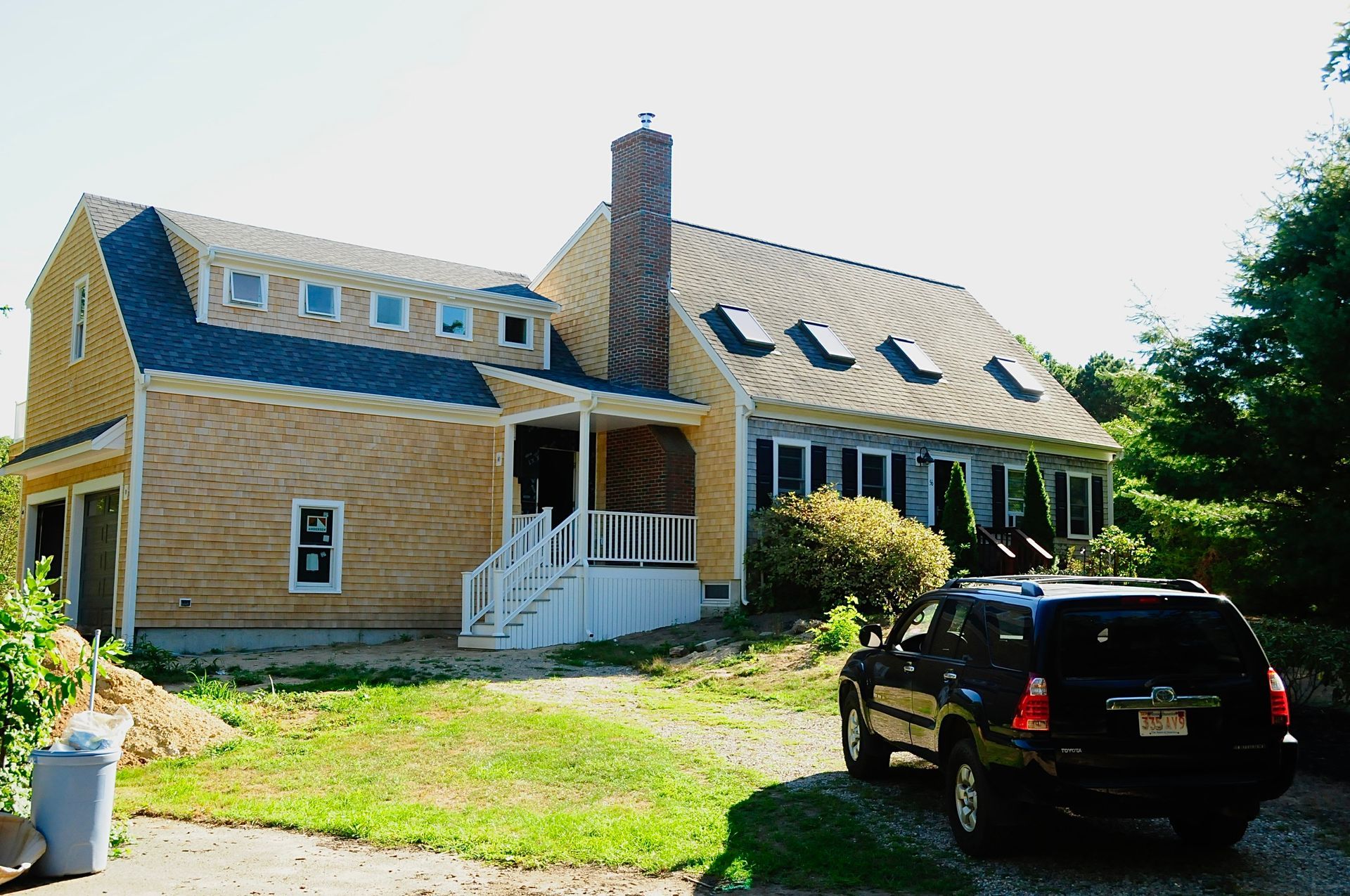
DC Builders, your trusted partner in home construction, remodeling, and custom home designs on Cape Cod. Located in the town of Falmouth, we boast a legacy of three and a half decades dedicated to unparalleled craftsmanship and excellence. Our comprehensive residential construction services cover everything from additions, renovations, framing, finishing, roofing, deck construction, to kitchen and bathroom remodeling. Let DC Builders bring your vision to life with our proven track record of creating homes that stand the test of time in Cape Cod.
DC Pro Tips: Preparing for a Home Addition
Planning on a home Addition? Read this first.
Set Clear Goals: Before starting the planning process, clearly define your goals for the home addition. Are you looking to add extra living space, create a new bedroom or home office, or enhance the functionality of existing rooms? Understanding your objectives will guide the entire project.
Assess Your Needs: Evaluate your current living space and identify areas where an addition could address specific needs or improve functionality. Consider factors such as family size, lifestyle preferences, and future growth when determining the scope of the project.
Common Home Addition Projects:
- Bedroom
- Home Office
- Kitchen expansion
- Build a sunroom or Conservatory
- Second Story Addition
- Entertainment Room
- Guest Suite
- Garage or Workshop
Work with a Professional: Collaborate with an experienced architect or residential designer to develop a comprehensive plan for your home addition. A professional can help translate your ideas into practical designs while considering structural requirements, building codes, and zoning regulations.
Maximize Space Efficiency: Make the most of the available space by designing the addition to maximize efficiency and functionality. Consider features such as built-in storage, multifunctional furniture, and open floor plans to optimize the use of square footage.
Ensure Seamless Integration: Aim for a seamless integration of the new addition with the existing structure to maintain architectural coherence and visual harmony. Pay attention to details such as exterior materials, rooflines, and window placements to achieve a cohesive look.
Budget Wisely: Establish a realistic budget for the project and allocate funds accordingly to cover construction costs, permits, design fees, and contingency expenses. Factor in potential unforeseen expenses and prioritize investments based on your goals and priorities.
Obtain Necessary Permits: Before proceeding with construction, obtain all necessary permits and approvals from local authorities. Ensure compliance with building codes, zoning regulations, and permit requirements to avoid delays or legal issues during the construction process.
Communicate Effectively: Maintain open communication with your contractor, architect, and other stakeholders throughout the project to ensure everyone is aligned with the vision and objectives. Address any concerns or changes promptly to avoid misunderstandings or delays.
Plan for Disruption: Be prepared for disruptions to your daily routine during the construction process, especially if you're living in the home during renovations. Develop a plan for minimizing inconvenience and ensure safety measures are in place to protect occupants and workers.
Quality Control: Prioritize quality craftsmanship and materials to ensure the longevity and durability of the home addition. Regularly inspect the work progress and address any issues or deficiencies promptly to maintain high standards of construction.
By following these tips and best practices, you can effectively plan, design, and execute a successful home addition that meets your needs, enhances your living space, and adds value to your property! DC Builders, the trusted name in home construction. Schedule a Consultation Today!
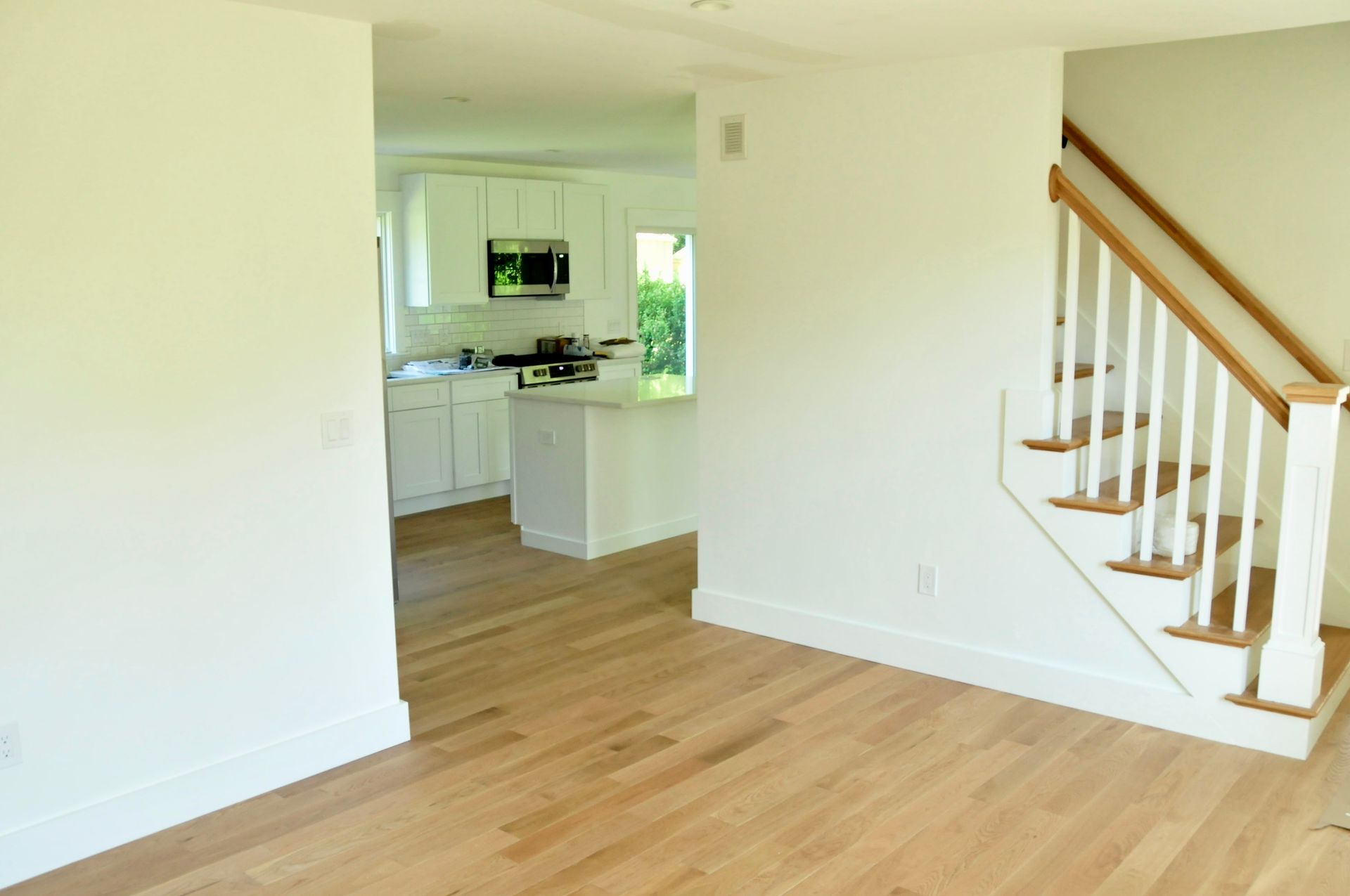
service Area
East Falmouth, MA
Falmouth, MA
Cape Cod, MA
Contact Us
Contact Dave Cleary
Main Phone: (508) 388-5120
Alternate Phone: (508) 566-1190
Address:
536 Thomas B Landers Rd #4
East Falmouth, Massachusetts 02536
Business Hours
- Mon - Sat
- -
- Sunday
- Closed
24/7 Emergency Service


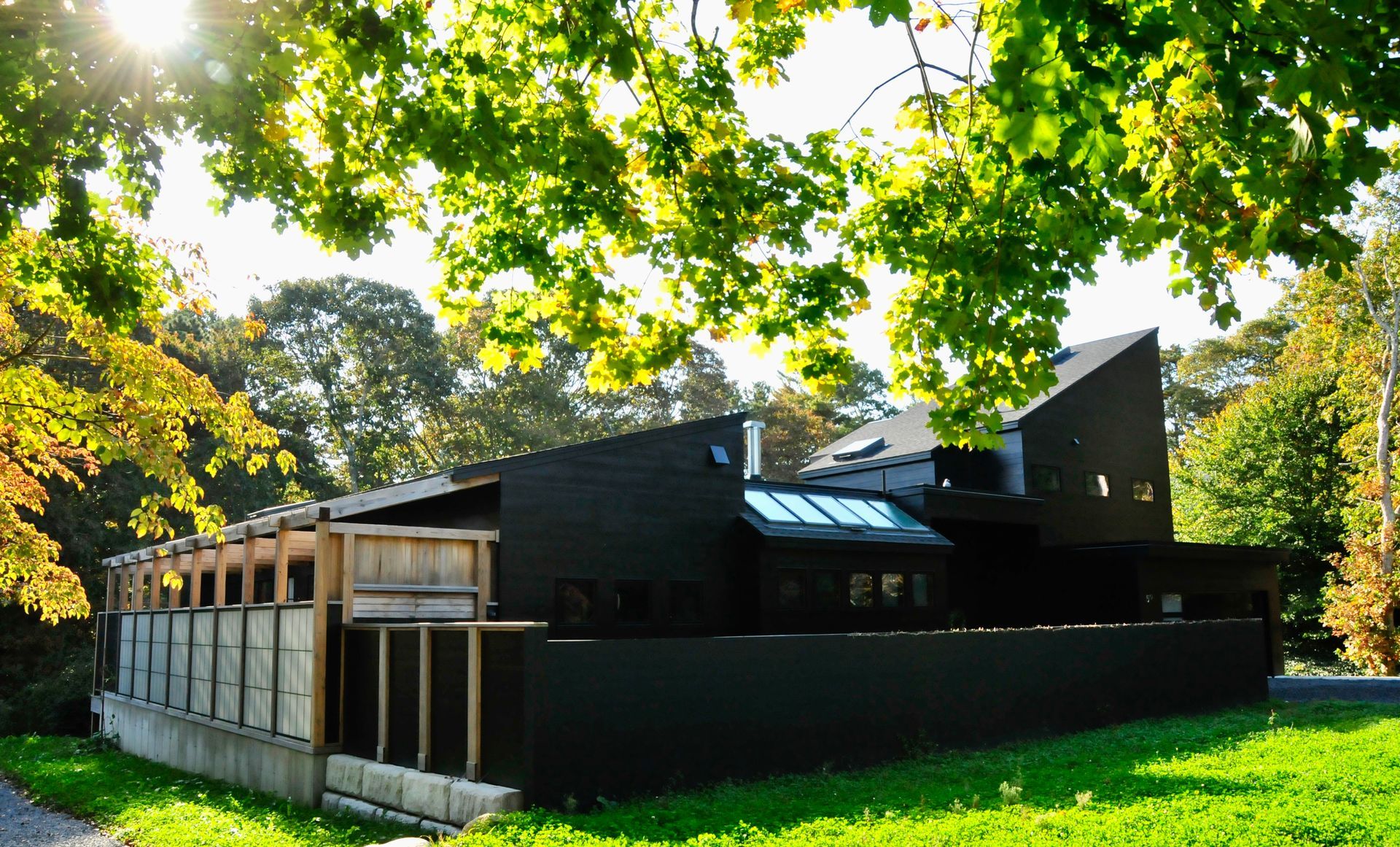
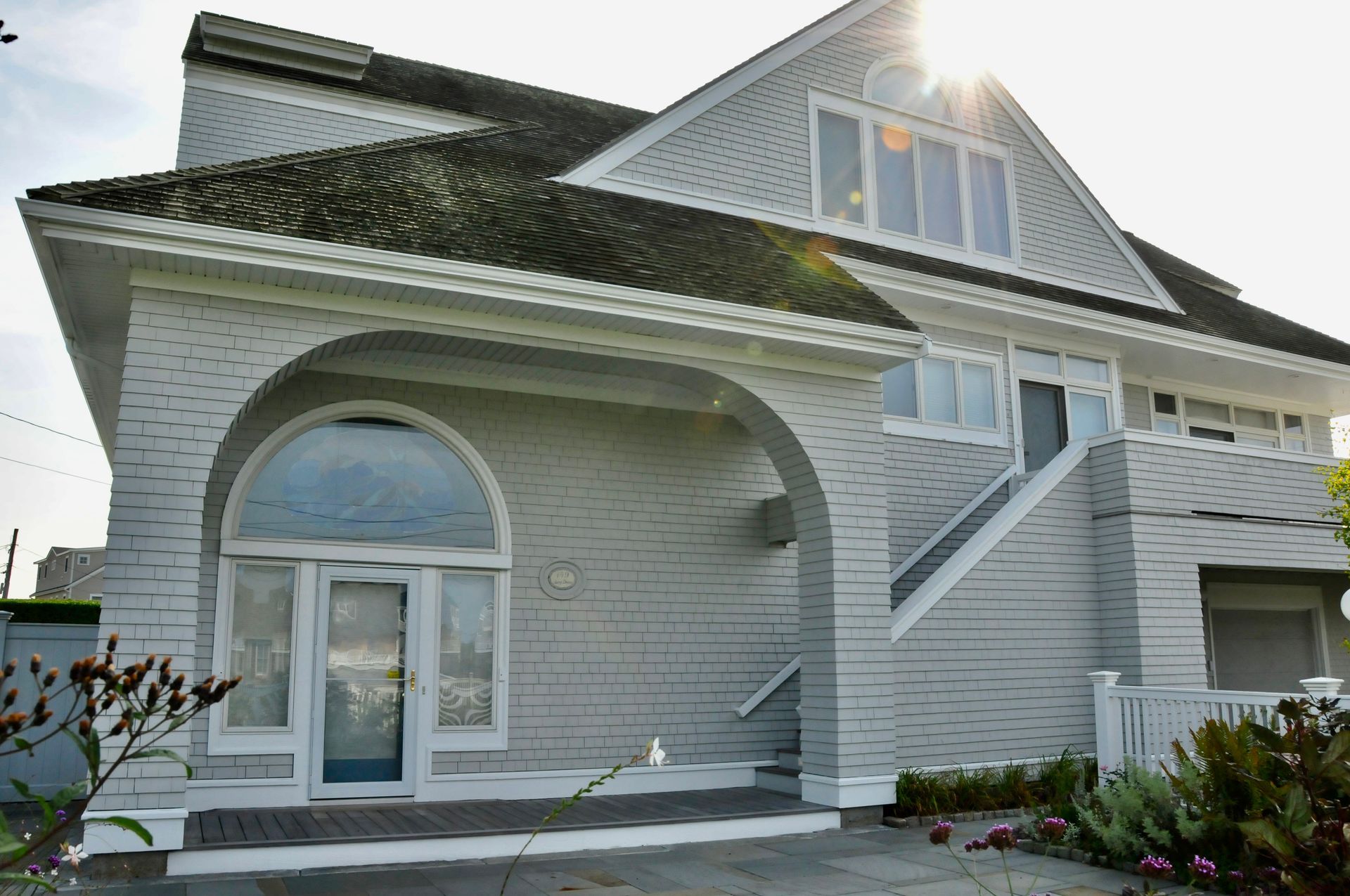
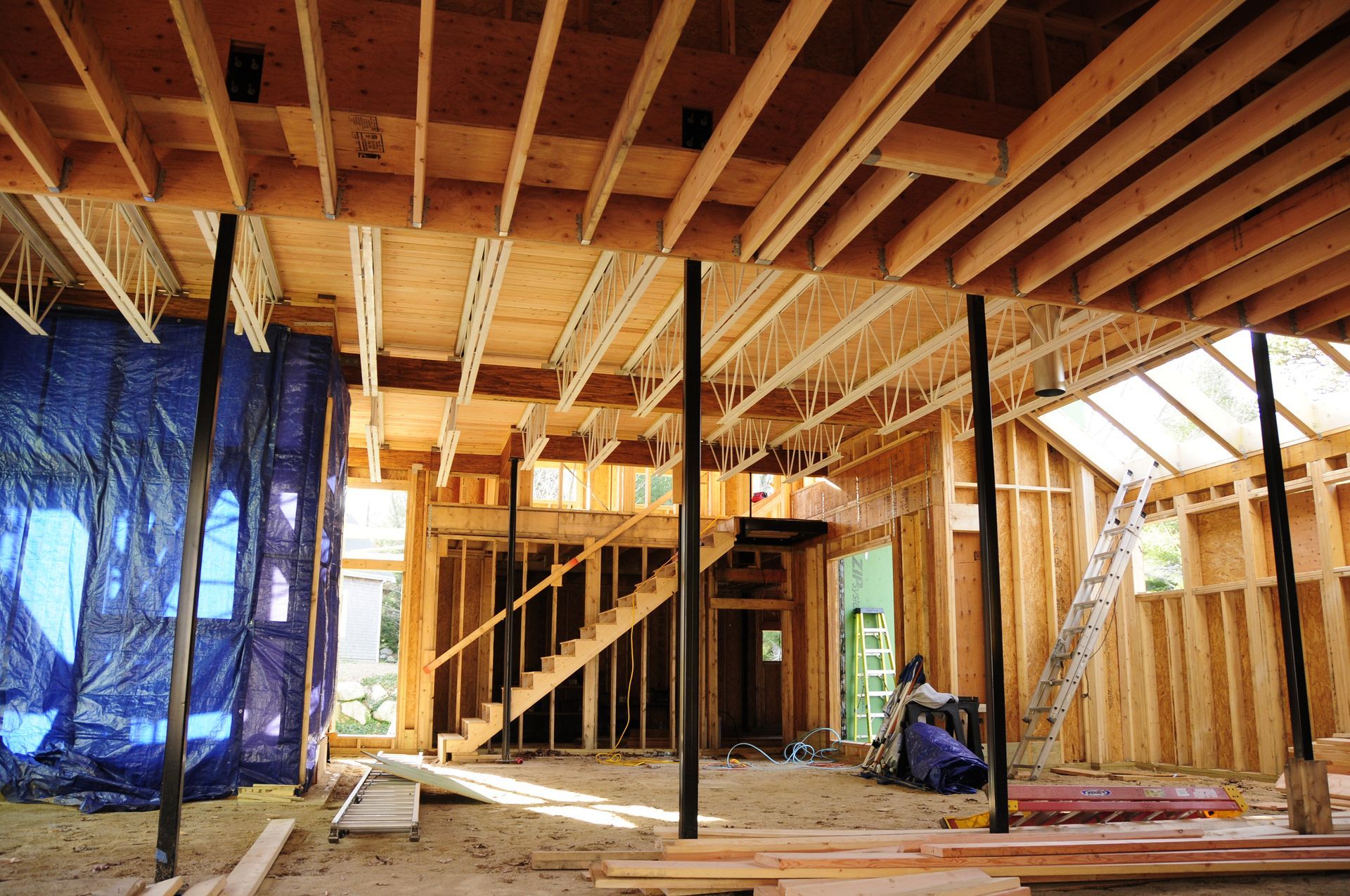
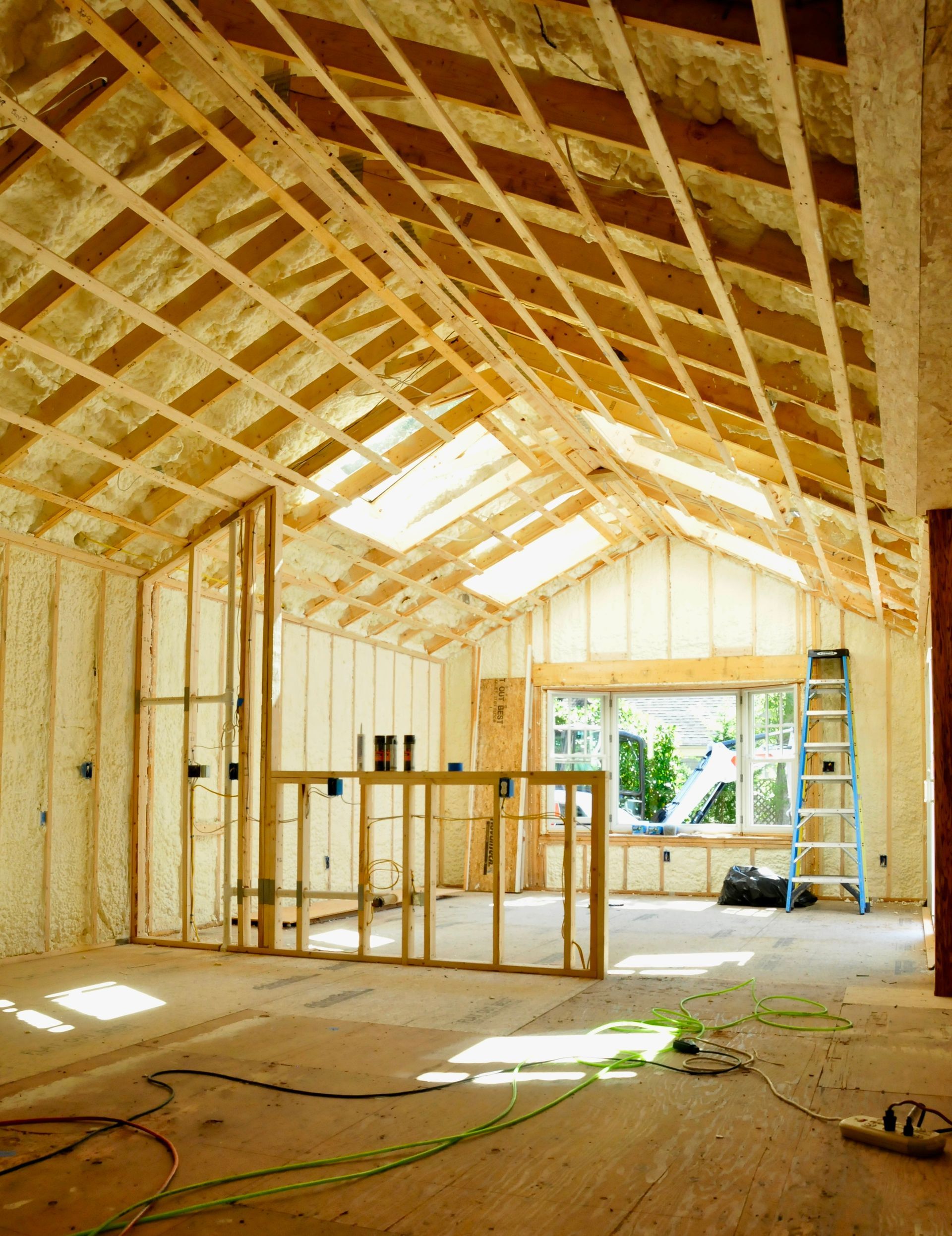
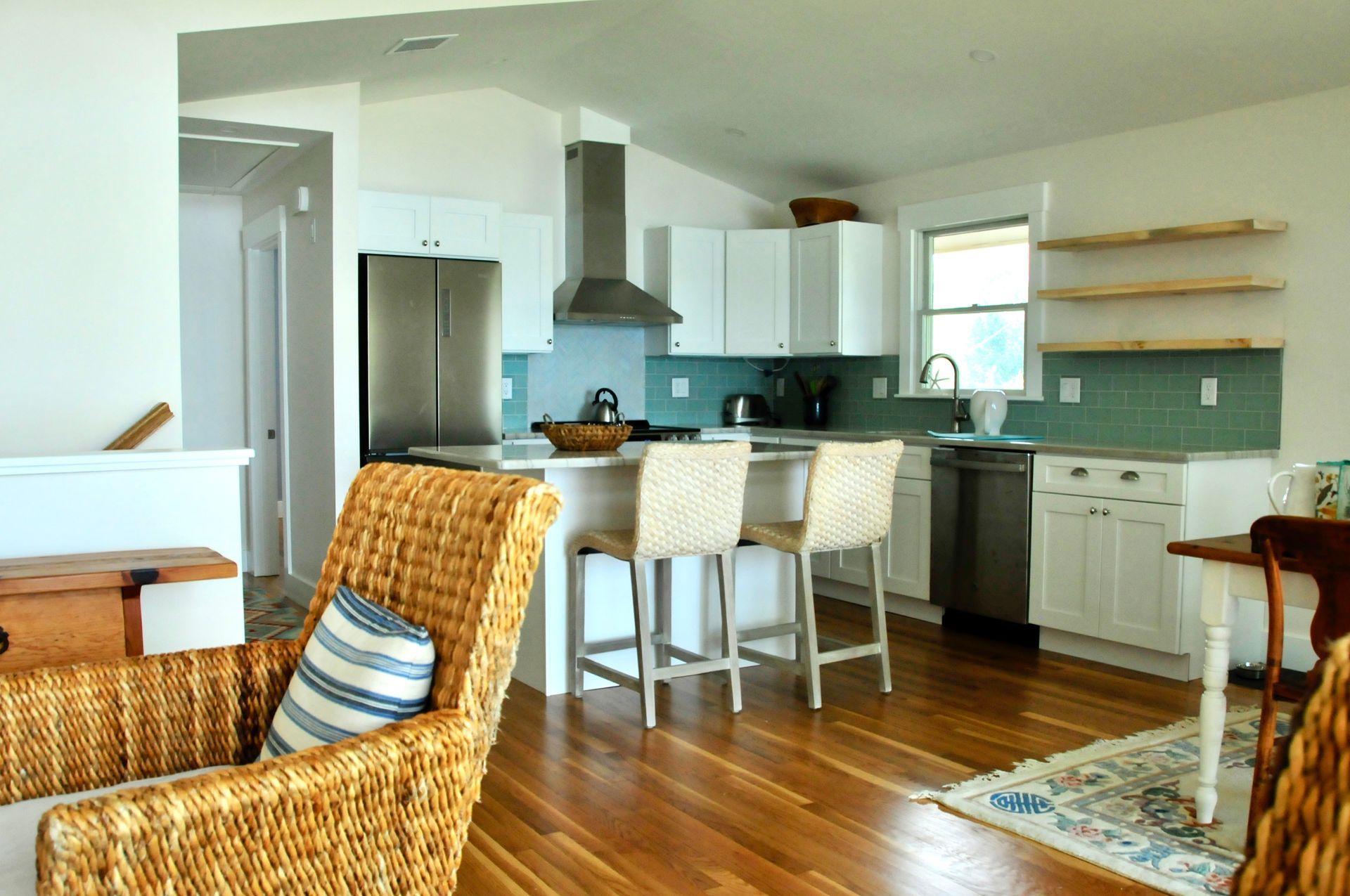
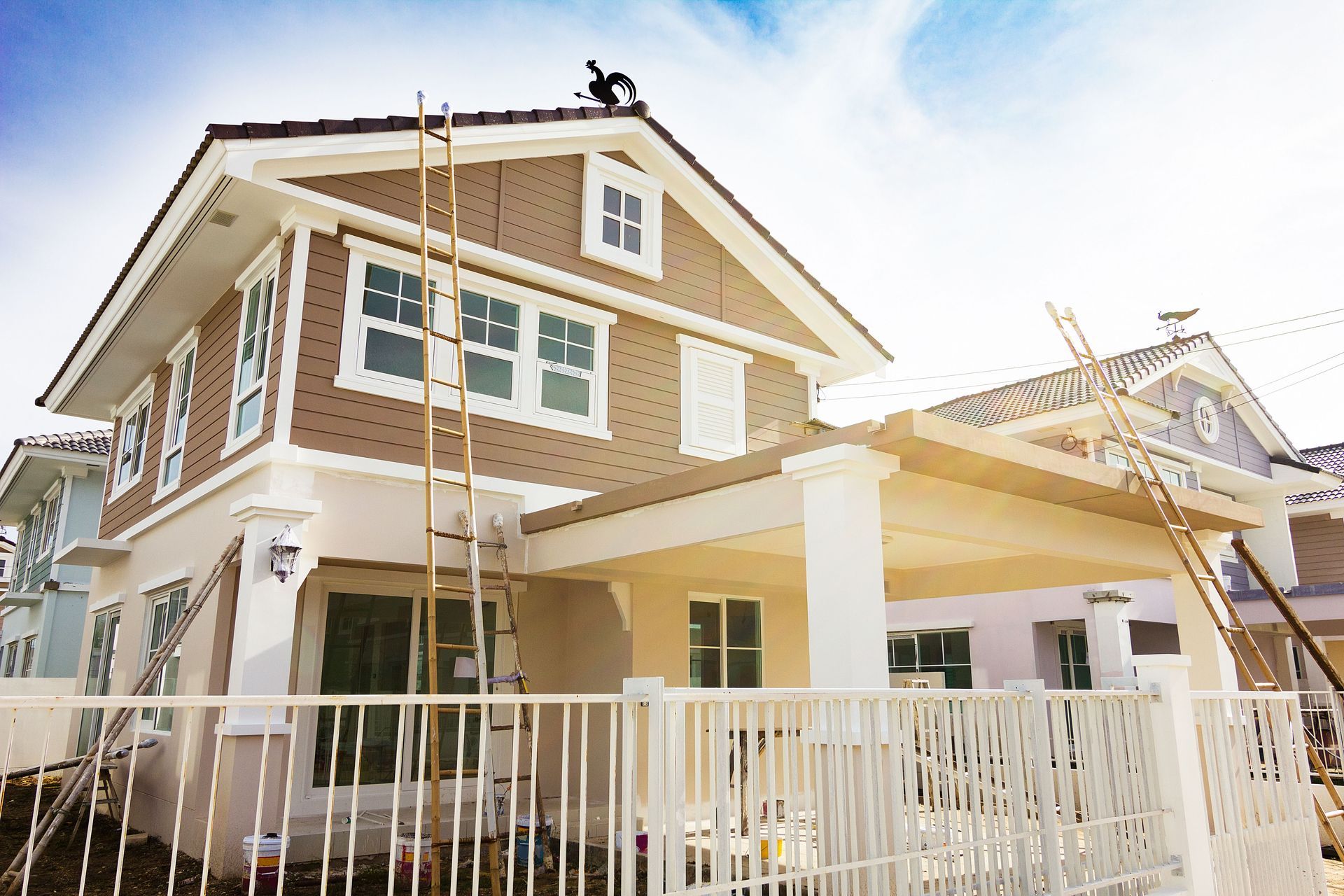
Share On: